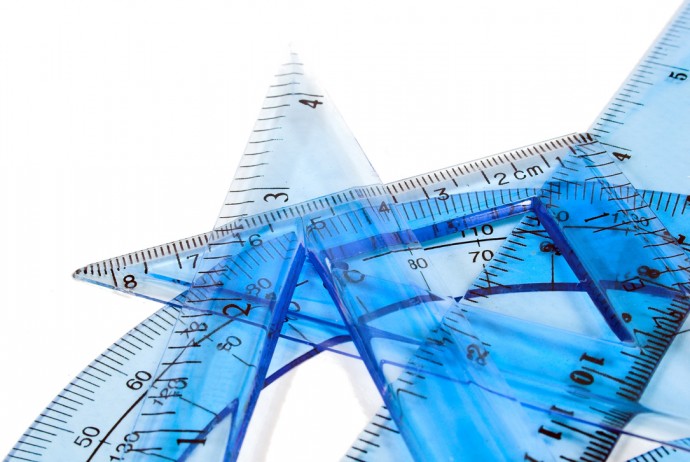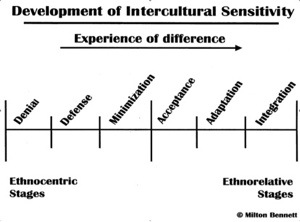Do you know the feeling? You are traveling to a foreign country where the people speak a language that you don’t understand. You have come a long way to be where you are now, i.e. you traveled through time and covered many miles/Km. You feel tired and need some sleep to adjust to the time difference. The food you have eaten doesn’t taste the same and you feel somewhat uncomfortable, as you don’t really know how your body will react to the different spices and ingredients. You hear some really strange noises from the street, again very unfamiliar, which you cannot identify. And more and foremost, you cannot understand what people are saying although you are here to negotiate and your business partners already came to greet you at the airport.
I am pretty sure that you know what I mean and have already experienced it in one way or the other!
What is really important here though, is to be able to decipher these feelings so that the learning experience in the new culture can take place. Following Ida Castiglioni, “cultural experience is primarily physical”, hence “(…) by learning from the emotion of the body, one can have a deeper experience of ‘opening’ to an alternative.”[1]
The above has direct implications when working with Dr. Bennett’s DMIS in the field of intercultural training, teaching, coaching and consulting: the body should not be forgotten when striving towards enthnorelativism (acceptance, adaption and integration).
During the “Embodied Culture” course led by Dott. Ida Castiglioni that I attended last week in Milan, the participants had the opportunity to experience for themselves what this actually means and how to leverage the findings for building up competence while working with others. In fact, following Dott. Castiglioni, there are three main areas of intervention where working with the awareness of self and body in the cultural context makes sense:
- Developing Empathy
- Acquiring the ability to shift into a different category, to shift ‘frames’ and
- Constructing an integrated multicultural identity.
For our example at the beginning of this post, this means that once you are aware of your perceptions and feelings and once you attend to them, exploring and integrating them into your cognitive processes you are constructing the experience holistically. The felt experience allows a person to adapt his or her own feelings to a new situation and thus gives way to appropriate behavior in a new context.
If this post has made you curious about the reactions of your own body when dealing with difference, try to look inside yourself next time you are in an unfamiliar situation. What do you feel? How does your body react? What can you learn from it?
Jenny
[1] Castiglioni I. (2013). Constructing Intercultural Competence in Italian Social Service and Healthcare Organizations. Research Series published by the University of Jyväskylä, Finland. Pages 1-6.






